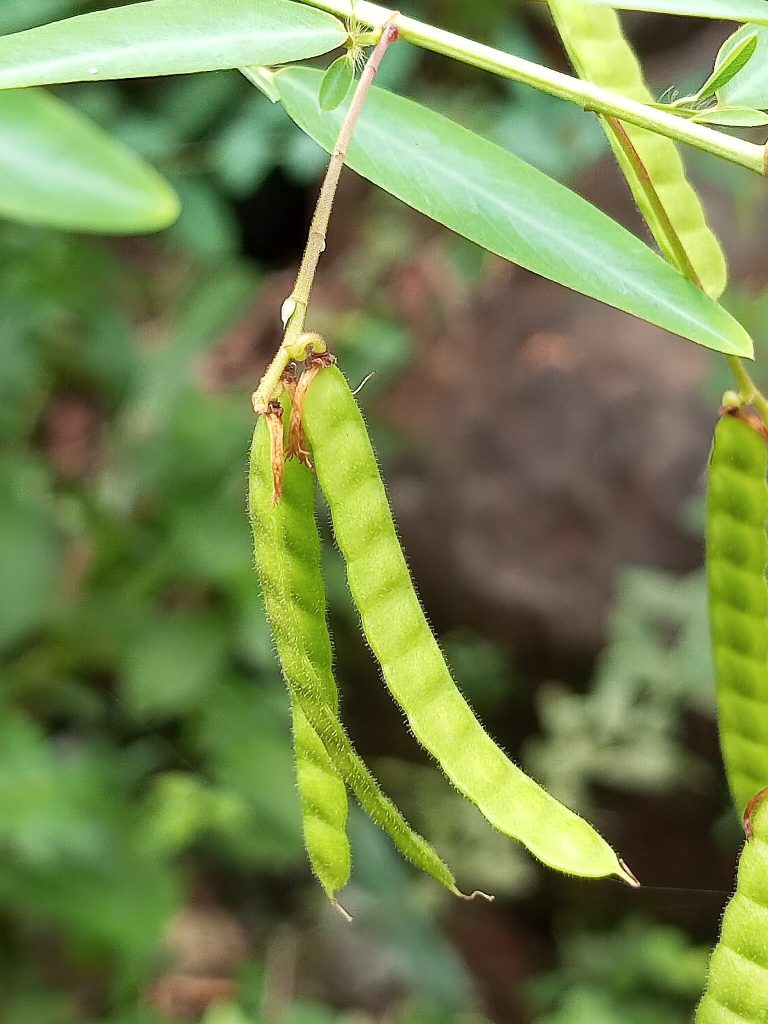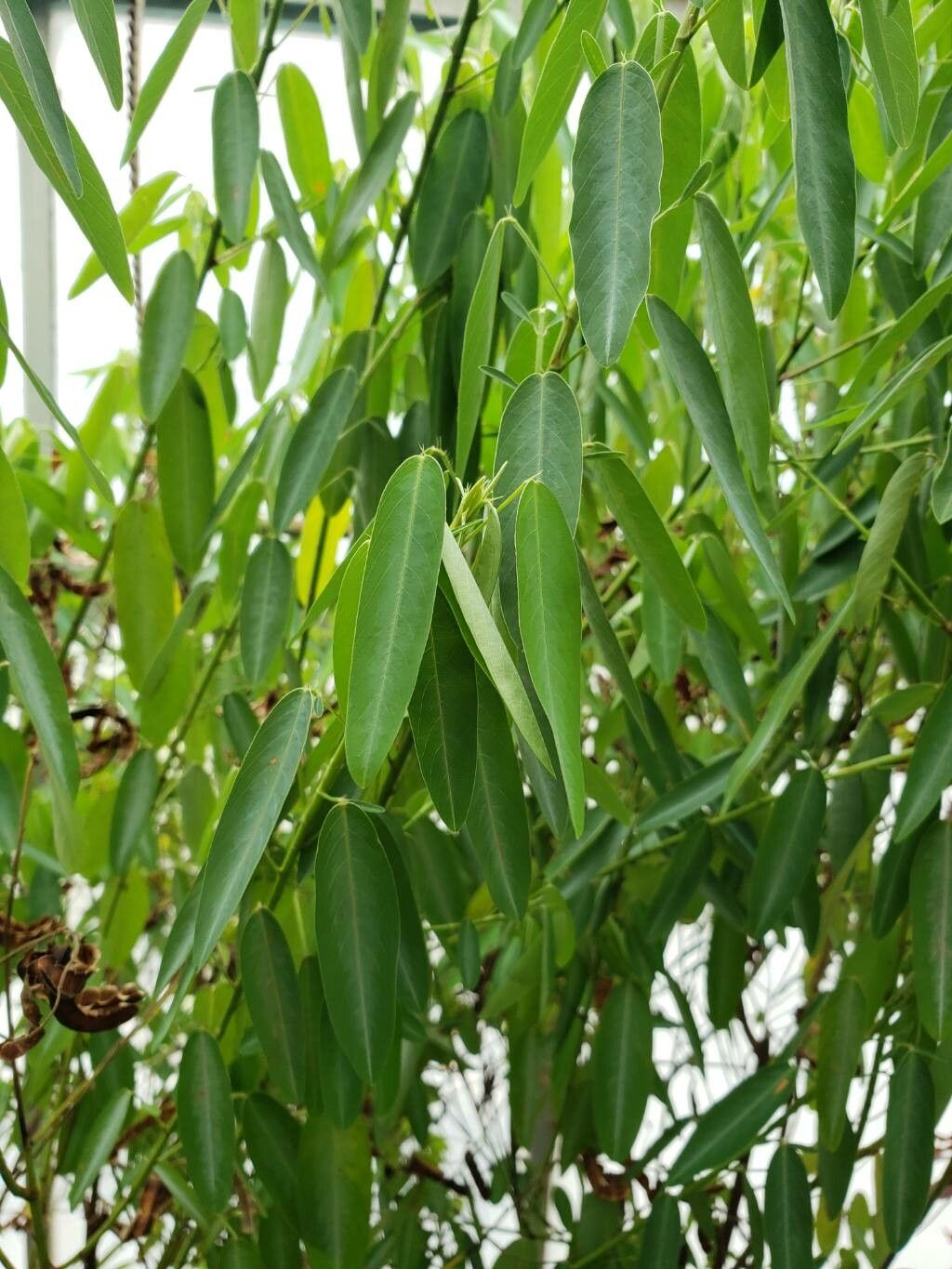Codariocalyx motorius : The Incredible Dancing Plant
Even though plants have movements related to growth, seeking light, and so on, their movements are subtle and slow compared to animals.
However, some plants show certain peculiar, notable movements. The Dancing Plant is an example.
In this post, you will get to know the mechanism and the cause of the unusual movement pattern of the Dancing Plant, along with some other interesting facts about it.
What Is The Dancing Plant?
Let’s start with the basics about this plant.
Basic Description
The Dancing Plant, scientifically known as Codariocalyx motorius, is a tropical shrub of the Fabaceae family.
It’s also known as the Telegraph Plant and Semaphore Plant.
It’s a perennial plant, meaning it lives for more than two years.
It grows up to 120cm in height.
It has compound leaves, each with four leaflets arranged in a square shape.
As typical to the Fabaceae family, Codariocalyx motorius bears hermaphrodite flowers(flowers with both male and female parts). The flowers are small, delicate, and light pink or purple in color.

The flowers eventually form seed pods that contain several seeds.

Own work
Author
Nativeplants garden
Native Range and Habitats
The Telegraph Plant is found in tropical and subtropical regions of Asia, including Sri Lanka, India, and South East Asia.
It grows in wild environments rich in moisture, such as near forests and along river banks.
It prefers partial shade and well-drained soil.
The Peculiar Movement of The Dancing Plant
Now we get to the most interesting part, the unusual leaf movement that earns this plant the name “Dancing Plant.”
The Movement
The plant’s leaves show some rapid movements visible to the naked eye.
It’s the small lateral leaflets of The Dancing Plant that primarily perform this movement.
The leaflets rotate along an elliptical path, and move up and down as well, in rhythmic intervals.
It occurs every 3-5 minutes during daylight.
Vibrations like clapping and music can trigger this movement too, although it’s not the primary cause.
Why Do The Dancing Plant’s Leaflets Move Like That?
There are a few hypotheses about the purpose this movement serves.
To Utilize Sunlight Better
It’s believed that this rhythmic movement of the leaflets helps track sunlight and expose them to sunlight better for more efficient photosynthesis.
However, sunlight is not what drives this movement primarily.
Deterring Pests
The movement of the leaves may also help the plant to keep herbivorous animals and insects away by imitating animal movement.
Preventing Butterflies from Laying Eggs on It
It’s also possible that the butterflies get discouraged from laying eggs on The Dancing Plant because the movement of its leaflets resembles butterfly movement patterns.
The Mechanics of The Movement
The mechanism of the leaflet movement of Codariocalyx motorius is a complex process.
The key to this movement is pulvinus, a structure located between the leaflets and the stalk of the plant, containing specialized motor cells.
The movement is mainly driven by the changes in turgor pressure(the pressure the plasma exerts on the cell wall of a plant cell) in the motor cells of the pulvinus.
The movement of Iron and water across cell membranes causes the motor cells of the pulvinus to swell and shrink, causing the leaflets to move.
During daylight hours with temperatures above 22°C, the movement can occur every 3-5 minutes.
The movement is more prominent in sunlight and higher temperatures up to 35°C can cause the movement to occur as frequently as every 90 seconds.
The movement is also triggered by high-pitched sounds and vibrations, even though exactly how is not fully understood yet.
The Importance of The Telegraph Plant
The telegraph plant has its uses for mankind and plays an important ecological role in its habitat.
In Traditional Medicine
The plant has been used in traditional medicine practices in its native range due to some alkaloids and antioxidants it contains.
It’s used to reduce fever and treat Rheumatism(joint pain), snake bites, and wounds.
Ecological Importance
The flowers of this plant attract and feed pollinators such as bees and other insects, supporting local biodiversity.
As a plant from the legume family, it can fix nitrogen in the soil, utilizing atmospheric nitrogen with the help of the nitrogen-fixing bacteria that occupy its root nodules. This amends the soil and helps other plants to grow.
Cultural Significance
The plant has piqued curiosity with its unusual leaf movement, gaining popularity as a garden plant and a house plant.
It’s also used to teach people about plant movement and behavior.
Conclusion
Codariocalyx motorius, also known as The Dancing Plant or The Telegraph Plant, is a tropical, perennial shrub native to Asia.
Its leaflets show a unique movement pattern, driven by the changes in turgor pressure of the motor cells in a structure called a pulvinus.
Scientists have hypnotized that the purpose of this movement may be to optimize sunlight use, keep Keeppests away, and prevent butterflies from laying eggs on it.
It supports local biodiversity by attracting and providing food for pollinating insects and amends the soil by fixing nitrogen.
Its peculiar leaf movement has made it a popular garden plant, and it’s also used to teach people about plant movement and behavior.







